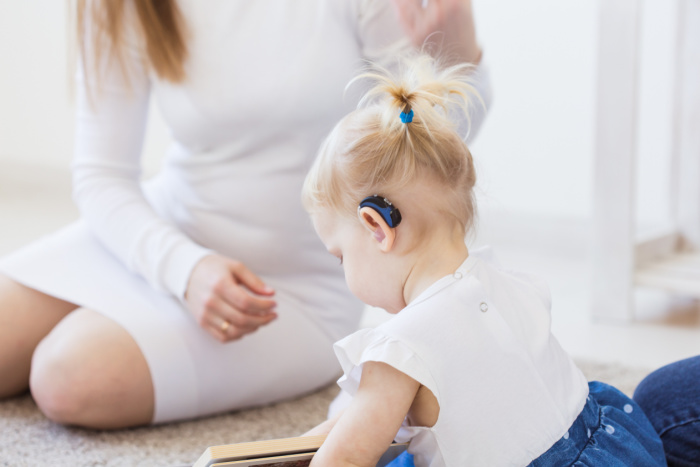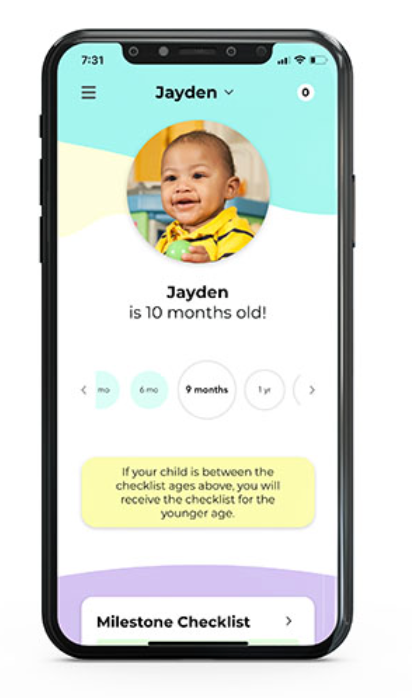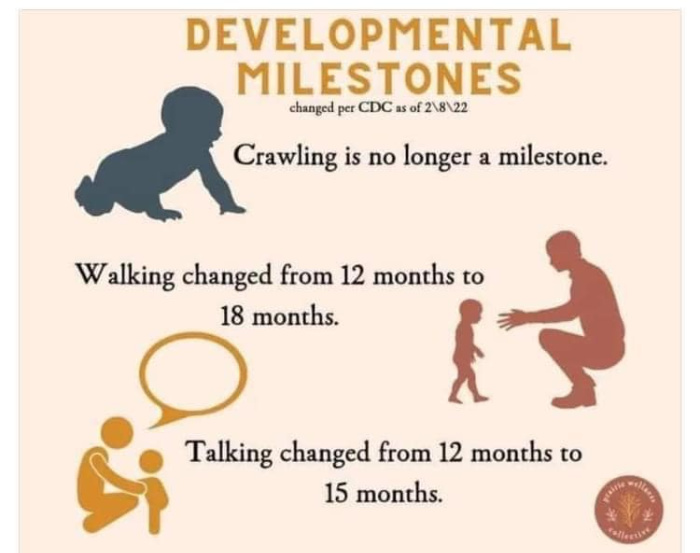The CDC Changes Children’s Development Milestone Markers. Here’s What We Know.
If you are a parent, you know the drill. You take your baby in for their well-checkup, and they ask you like 100 questions to see if your child is meeting the developmental milestones.

Crawling, talking, and walking — all these big milestones have an age when your child is supposed to have started (or mastered) the activity.

For instance, up until now (at least for the last 20 years), babies were supposed to be crawling by 9 months old to meet the milestone. They should be saying their first words between 9 and 12 months, and should be taking their first steps by 18 months of age.
But, that has all now been changed.

This week, the CDC changed the developmental milestones markers for children.
In an effort to spot autism and other developmental disorders more quickly, the CDC has changed the major milestones up a little bit.
This change, which goes along with the “Learn the Signs. Act Early” program, is the first time there has been a change in childhood milestones in about 20 years.

Previously, the benchmarks reflected where 50% of children should be with that milestone at that particular time. NOW, the CDC has changed it to reflect where 75% of children should be meeting a certain milestone.
The earlier a child is identified with a developmental delay the better, as treatment as well as learning interventions can begin.
Paul H. Lipkin, M.D., FAAP, a member of the AAP Section on Developmental and Behavioral Pediatrics and Council on Children with Disabilities
They are trying to be proactive at helping identify developmental delays, and get the child the specialized help it might need.
At the same time, we don’t want to cause unnecessary confusion for families or professionals. Revising the guidelines with expertise and data from clinicians in the field accomplishes these goals. Review of a child’s development with these milestones also opens up a continuous dialogue between a parent and the health care provider about their child’s present and future development.
Paul H. Lipkin, M.D., FAAP, a member of the AAP Section on Developmental and Behavioral Pediatrics and Council on Children with Disabilities

How have the developmental milestones changed?
According to the CDC, the changes to the guidance for milestones include:
- Adding checklists for ages 15 and 30 months; now there is a checklist for every well-child visit from 2 months to 5 years.
- Identifying additional social and emotional milestones (e.g., Smiles on their own to get your attention, age 4 months).
- Removing vague language like “may” or “begins” when referring to certain milestones.
- Removing duplicate milestones.
- Providing new, open-ended questions to use in discussion with families (e.g., Is there anything that your child does or does not do that concerns you?).
- Revising and expanding tips and activities for developmental promotion and early relational health.
The CDC has been VERY thorough, and has changed the language of the checklists to be more reader-friendly.

They also provide tips that you should be doing with your babies at each stage to help their little brains develop and to help learn tasks.
There’s even a mobile app that you can be using to help track your baby’s milestones.

Take a look at the new guidelines, and let us know what you think.









